With a long wait between the Merseyside derby and their next game, Liverpool face a situation many see as damaging. David Lynch argues that a break is not the issue.
Liverpool supporters could be forgiven for looking at this week’s schedule with a degree of trepidation.
In the midst of their worst run of form under Jurgen Klopp, the Reds are preparing for a test that offers cause for concern to the more superstitious and pessimistic sections of their support.
That is because, after playing 10 games in just 35 days, they must now wait eight days to play their next fixture against Sheffield United.
For a team who are hopeful of getting Fabinho, Diogo Jota and James Milner back for their next outing, this break would usually be seen as a major boost.
Yet a perception has emerged in recent years that Klopp’s Liverpool tend to struggle when the games don’t come thick and fast, and they are hardly in the sort of form that would help them buck any such trend.
But is this true? This Is Anfield has examined the figures to establish whether the Reds actually do suffer when waiting longer between fixtures.
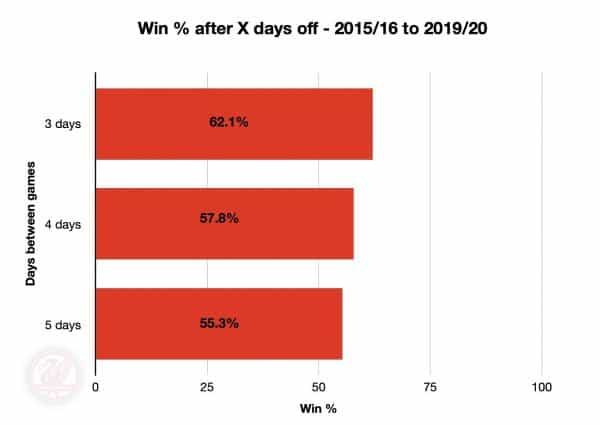
Looking at the period between Klopp’s first game and the end of last season, and disregarding those played immediately after international breaks, we have assessed how Liverpool have fared with varying gaps between games.
For starters, the majority of Liverpool’s fixtures under Klopp have taken place after a three-day rest period – no huge shock given the regularity with which they have gone deep in Europe.
Of the 87 of those matches that qualified for our analysis, the German won an impressive 62.1% percent, which is just above his overall win percentage of 58.9 across over 300 games with the club.
What’s more, this win percentage drops when the gap is extended to four (57.8%) and five (55.3%) days, with 43.5 percent of those games ending in dropped points compared to just 37.9 percent when Liverpool have three days to prepare.
So far, so obvious, right? Well, not quite.
Even Klopp himself has pushed back against the idea of rhythm being more important than rest for his teams during his time in charge at Anfield.
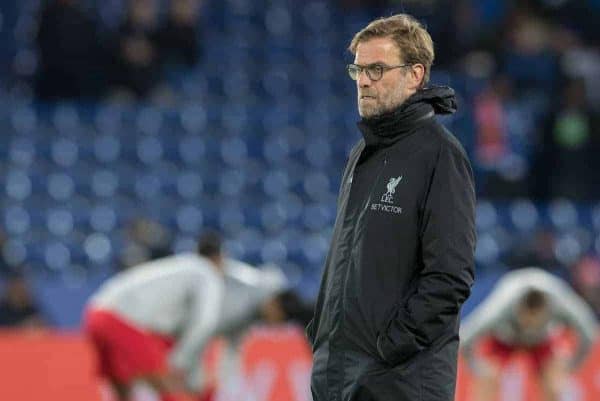
Speaking after a 3-1 defeat to Leicester City that followed a 16-day break during the 2016/17 season, the German said: “One year ago we had a game every three days and sometimes we had to use this as an excuse.
“I think that makes more sense to use it as an excuse because when you have injuries and then a game every three days…
“Now, 16 days [without a game] is not perfect for rhythm but for defending you don’t need rhythm, for defending you need organisation.
“Maybe it looked like at the end that a few players struggled with rhythm but I don’t want to use it as an explanation or an excuse.”
And the stats certainly bear the boss out on this front.
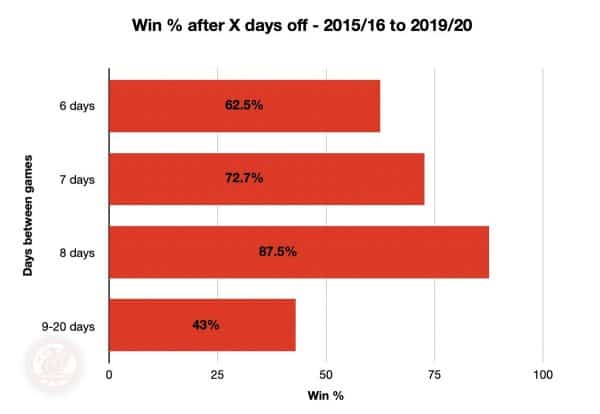
Liverpool’s win rate actually begins climbing dramatically when games played with six (62.5%), seven (72.7%) or eight (87.5%) days of preparation are considered.
They have, of course, only enjoyed six- and eight-day breaks on eight occasions apiece in the last five seasons, but they have played after a full week off on 22 separate occasions – hardly a small sample size.
Beyond that, larger gaps are even rarer, with just seven games contested after breaks ranging from nine to 20 days in the period examined, two of which were Champions League finals.
Only three of those (43%) ended in wins, but with two draws and two defeats comprising the remainder, that is hardly a disaster given the rarity with which such breaks arise.
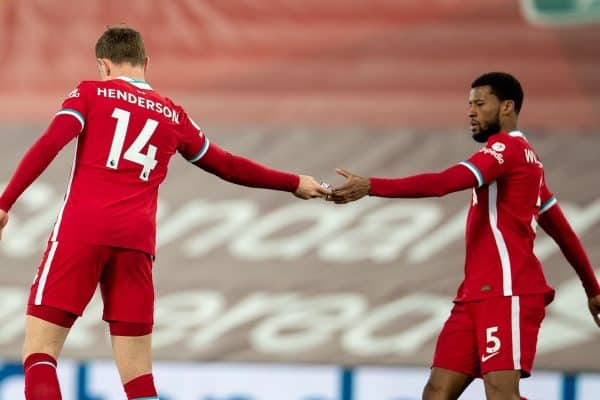
It is enough to make you wonder why the myth of Liverpool struggling after time off has arisen.
Perhaps it is simply the case that an extended buildup increases the impact of rare defeats, or that the disappointments suffered during busier periods are far easier to cast aside.
Either way, with players returning and valuable time on the training ground ahead this week, fans should be confident that the scheduling won’t be to blame if another poor result awaits.
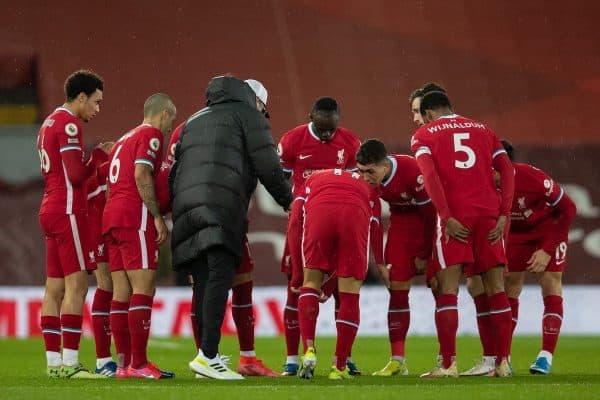


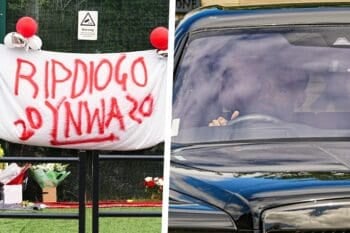

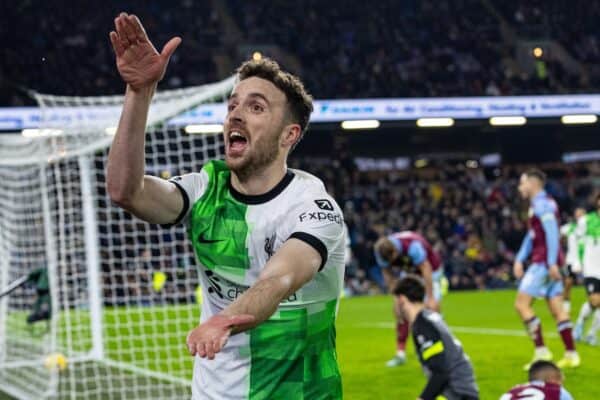
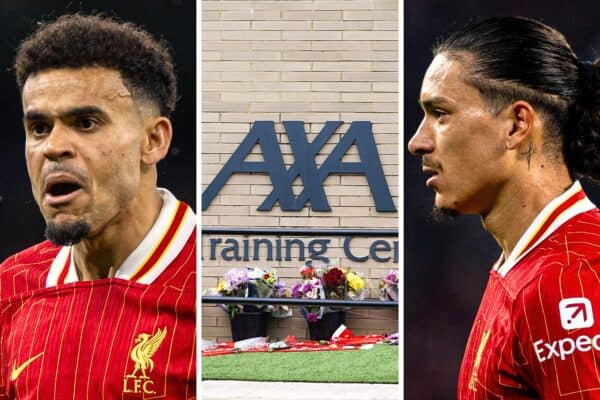
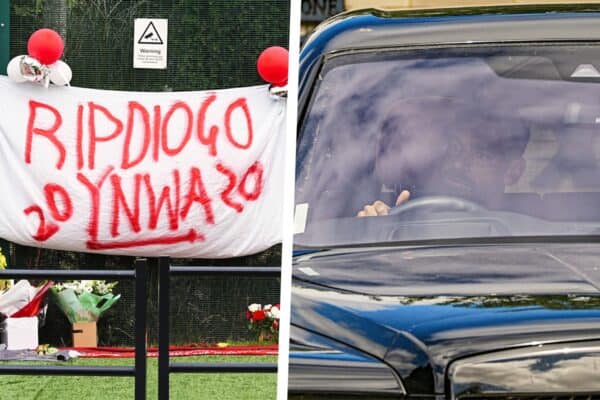


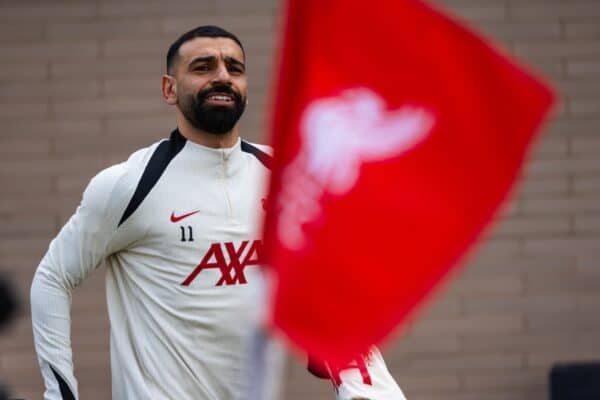
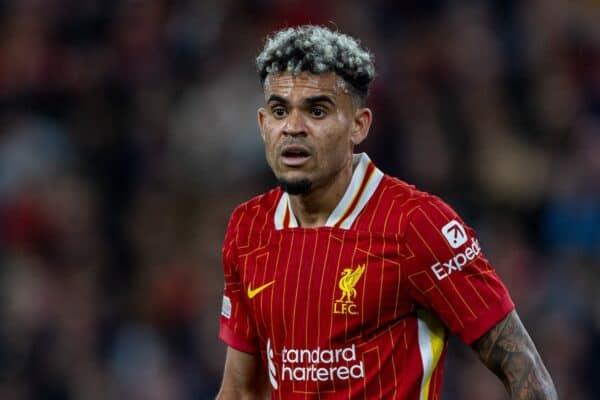
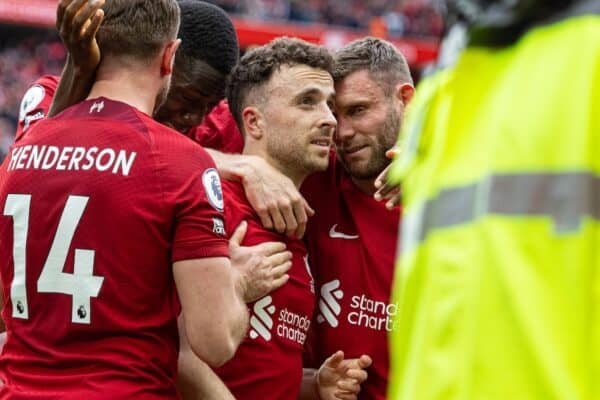




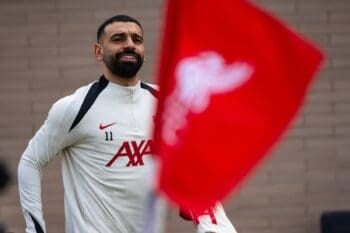
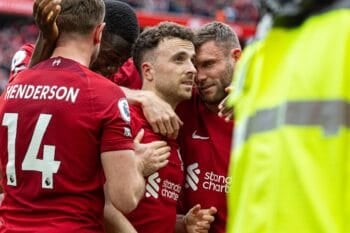
Fan Comments